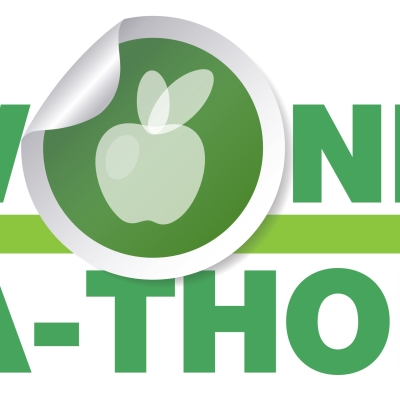All right, first things first: What do we mean when we use the phrase “Response to Intervention” (RtI)? Its utterly functional label—surely all interventions are designed to provoke a response—lends itself to a host of vague interpretations. Education Week has produced a useful overview of its growth and effects, and Fordham attempted the same in its 2011 exploration of trends in special education, but the general points are these: RtI emerged around the turn of the century as a way to identify kids with learning disabilities as early as possible, provide them with a series of gradually intensifying academic interventions, and monitor their progress throughout. Spurred in its expansion by the 2004 reauthorization of the Individuals with Disabilities Education Act (which permitted districts to use up to 15 percent of their Part B dollars on early intervention services), RtI supplanted IQ-focused “ability/achievement discrepancy” models of learning disability screenings, and it eventually came to be adopted as a general education framework. In the words of Alexa Posny, the DOE’s assistant secretary of special education and rehabilitative services, the approach “hasn’t changed special education. It has changed education and will continue to do so. It is where we need to head in the future.”
This extremely thorough study, published by MRDC in partnership with the Institute of Education Sciences, sets out to examine both the prevalence and effects of schools providing RtI interventions for students at risk of reading failure in elementary school. It differs from earlier assessments of RtI in a few critical respects. For one thing, it casts a broad net, measuring its results at the school level (rather than the district level) in thirteen states. It also compares two separate groups: One, an impact sample of 146 schools, was picked from those that had three or more years of experience in implementing RtI approaches for reading; the second was a reference sample comprising one hundred randomly selected schools from the same states. Finally, the study uses a regression discontinuity design to estimate impacts. What this means is that it focused on students just on either side of their respective reading grade levels, rather than students more broadly. As the authors put it, the study “does not assess whether the RtI framework as a whole is effective in improving student outcomes or whether reading interventions are effective for students well below grade-level standards.” It is up to others, then, to determine the impact of the method on the children who are furthest behind.
The results show that some 70 percent of districts in the thirteen states reported offering RtI services. No surprise there—the method has spread widely since the passage of No Child Left Behind and the 2004 IDEA update; the same figure was measured at 61 percent in 2010. Impact sample schools were more likely (97 percent versus 80 percent) to provide interventions like small group instruction for students somewhat below grade level at least three times per week; they were also more likely (67 percent versus 47 percent) to provide such interventions for students significantly below grade level at least five times per week. Schools in the impact sample were far more likely to conduct universal screening of students at least twice per year, and also to allocate extra staff to assist in reading instruction and data usage.
Most surprising by far are the results for RtI effectiveness. The study actually ascribes a negative effect to such interventions in the first grade—that is, for students either somewhat or significantly below grade-level reading, being engaged with RtI services like extra instructional time actually lowered their scores on assessments of both comprehensive reading and fluency decoding. Few could have anticipated such an outcome. Still, given the ubiquity of RtI and the acknowledged limitations of the study, more information is needed before drawing wider conclusions on the efficacy of the approach.
SOURCE: Rekha Balu et al., “Evaluation of Response to Intervention Practices for Elementary School Reading,” U.S. Department of Education, Institute of Education Sciences, National Center for Education Statistics (November 2015).
